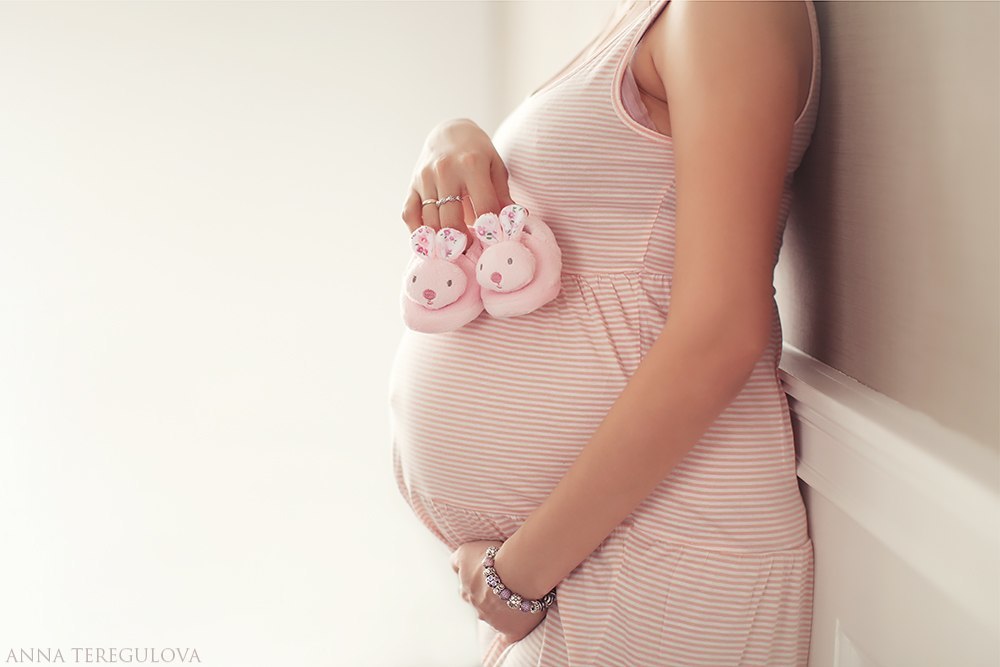
During pregnancy, a connection is established between the mother and the child - this is what the development of the placenta contributes to. What it is and what pathologies of its structure can be, we will analyze together.
The content of the article
- Complete presentation of the placenta
- The posterior presentation of the placenta
- The anterior presentation of the placenta
- The regional presentation of the placenta
- What does the low presentation of the placenta mean?
- Causes of low placenta presentation
- Low Presentation of the placenta during pregnancy: Symptoms
- What threatens the low presentation of the placenta during pregnancy?
- Low placenta on the back wall
- Low PRECESSED PROSODATION During childbirth
- Low regional presentation of the placenta
- Sex and low placenta presentation
- Low Presentation of the placenta during pregnancy: Treatment
- Video. Low placentation during pregnancy
- Placenta (from lat. placenta - tortilla) - a disk -shaped childbearing organ that is formed during pregnancy and exists only in this period. It is formed from the chorion and completely matures by 12-16 weeks
- In the structure of the placenta, two surfaces are distinguished. One is located from the fetus with the umbilical cord in the central part, and is called - fruit. The other is facing the wall of the uterus and divided into 15-20 shares, and is called- maternal. In order for the mother’s maternal blood and blood to be mixed, these surfaces are separated by a barrier membrane
Placental function:
- Provides oxygen from the mother to the fetus
- Contributes to the penetration of nutrients
- Removes carbon dioxide and other metabolism products
- Prevents infections and pathogens of microorganisms
- Transports immunoglobulins
- Synthesizes hormones
Pathology of the placenta is one of the serious complications during pregnancy. During ultrasound in the first trimester, the doctor can diagnose incorrect presentation of the placenta, but since it has migration ability, with subsequent ultrasound the diagnosis may not be confirmed.
Causes of violation and predisposition to it:
- abortion (s)
- inflammation in the uterus
- multiple pregnancy
- bad habits
- the age of the woman in labor is more than 35 years
- uterine cavity (scar or myoma)
Complete presentation of the placenta
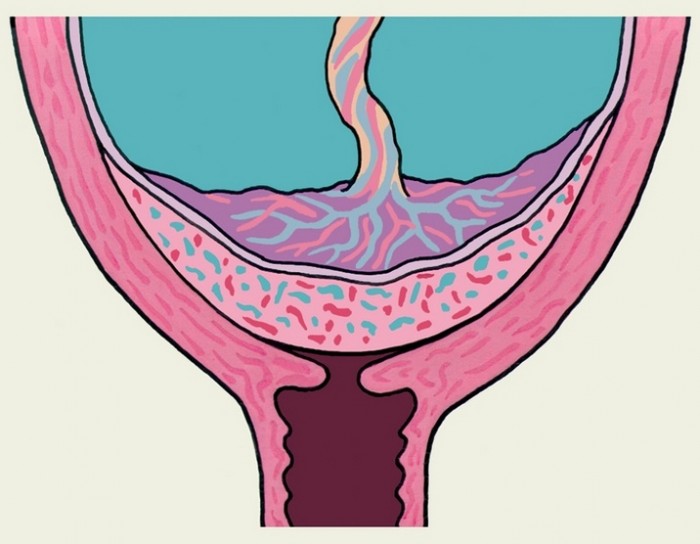
Complete presentation of the placenta
Nature provides for the protection of the uterus from various infections, microbes, damage, etc., all that contributes to the normal development of the fetus. So, its lower part is blocked by the inner pharynx, from which the child’s generic path begins. If the placenta completely blocked the pharynx, then in this case they talk about its complete presentation. Childbirth is carried out artificially.
Important: with the identification of such a pathology, the pregnant woman is directed to inpatient treatment.
The posterior presentation of the placenta

Listening to the fetal heartbeat
The laying of the placenta begins with the place of attachment of the fetal egg. And the posterior presentation in this case is not only the norm, but an ideal place for the development of the embryo, laid down by nature. Such localization provides the best blood circulation and enrichment of the fetus with nutrients, prevents any trauma, allows you to clearly listen to the heartbeat and movements of the child.
Important: childbirth with such presentation pass quickly and without complications
The anterior presentation of the placenta
Along with a favorable rear placentation, the front one is more often found. Such presentation of the placenta is not a pathology, but only indicates a possible risk of placental detachment or its displacement towards the pharynx. This is due to the highest loads on it: due to an increase in the volume of the uterus, stretching its walls, the growth of the fetus and its active movements, and other factors.
Important: despite the possible risk, pregnancy proceeds perfectly and childbirth successfully pass naturally.
The regional presentation of the placenta
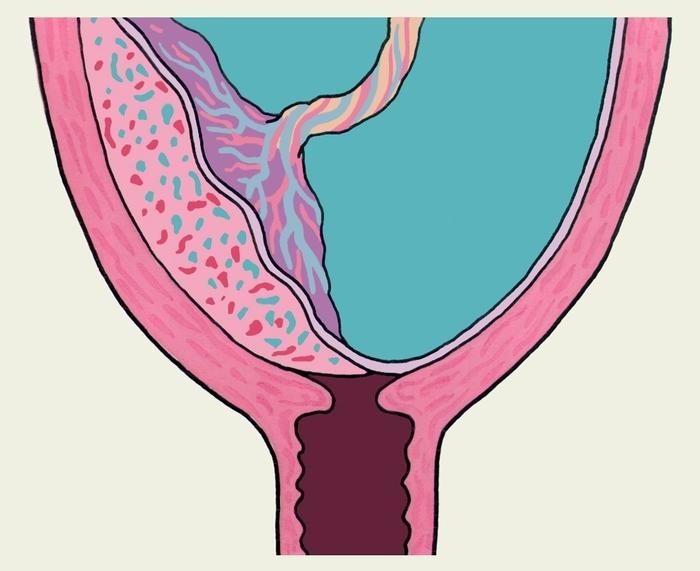
The regional presentation of the placenta
The regional presentation is one of the two types of partial anterior placentation. In this case, the placenta is located along the very edge of the pharynx of the uterus, partially blocking it by 1/3.
Important: is not an obstacle to natural birth, but requires careful control by the obstetricians.
What does the low presentation of the placenta mean?
Low placentation is characterized by the location of the childburner 6 cm from the internal pharynx. This is detected during an ultrasound of the second trimester. But since the placenta has migration ability, a great possibility that by the end of pregnancy it will take the right position.
Causes of low placenta presentation
The reasons for low presentation may be:
- gynecological surgery (abortion, cleaning, etc.) surgery (abortion)
- intrauterine inflammatory processes
- genital infections
- hormonal background violation
- the underdeveloped structure of the uterus
- pathology of the cervix
- multiple pregnancy
Important: low placentation is more common in multiparous ones.
Low Presentation of the placenta during pregnancy: Symptoms

Symptoms of placentation pathology
The chaotic painless bleeding of scarlet color, which is observed from the 12th week of pregnancy, serve as a low placental signal. An exacerbation of hemorrhage is noted in the second trimester, which is associated with partial peeling of the placenta. The remaining signs that determine its violations, such as:
- the location of the bottom of the uterus is above normal
- noise of blood flow in the vessels of the placenta
- the pelvic or transverse position of the fetus, the doctor will be able to diagnose when conducting an ultrasound.
What threatens the low presentation of the placenta during pregnancy?
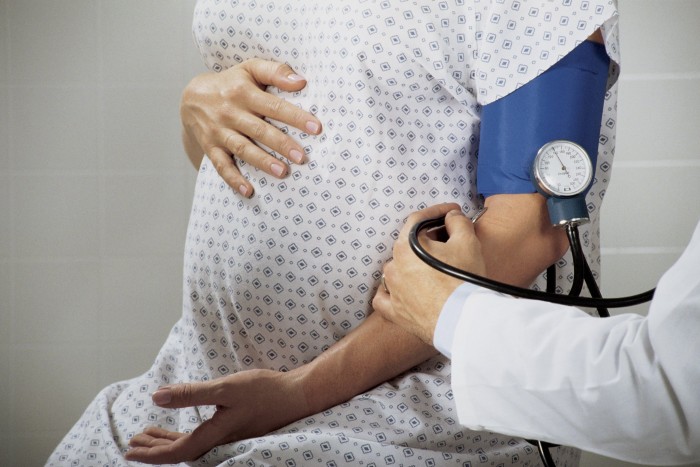
Low blood pressure
- With a low placentation, a woman has a lack of iron, which disrupts the synthesis of hemoglobin and leads to anemia, low blood pressure, a decrease in circulating blood and the possible development of the DIC (impaired intravascular blood coagulation). With this pathology, a high risk of termination of pregnancy.
- The low presentation of the placenta affects the physiological state of the child. It limits sufficient oxygen access, causing hypoxia and delayed development in a child.
Important: limit physical activity, intimate contact and a visit to the sauna, because This provokes bleeding, thereby causing complications.
Low placenta on the back wall
The height of the inner pharynx of the placenta is an indicator on which the doctor emphasizes attention with an ultrasound examination. The location on the back wall, as already mentioned, is a favorable place, but at the same time, the low presentation of the placenta can lead to the following complications:
- Detachment of the placenta and its aging.
- Placental failure.
- Premature birth.
Low PRECESSED PROSODATION During childbirth

Childbirth
Childbirth, with low placentation, up to 80% of cases, is carried out artificially at 38 weeks. Indication K. caesarean section Along with the presentation of the placenta, the pelvic or transverse position of the fetus, narrow pelvis, multi -guide, preceding abortions or other surgical interventions, as well as ongoing bleeding of more than 250 ml of their volume.
In order to give birth naturally The fetus should be in the head presentation, the contractions should be regular, the neck should be opened every hour by 1 cm until completely disclosure, and there is no bleeding (insignificant ones are allowed). As soon as the neck reaches the size of three fingers, the obstetrician pierces the fruit bubble to continue childbirth.
Important: if hemorrhages do not stop after piercing the bubble, an emergency cesarean section is performed.
Low regional presentation of the placenta
Low regional presentation indicates that the placenta is located at a level of 6 cm from the pharynx, but does not go beyond its boundaries. The danger lies in the early aging of the placenta, its detachment, blood circulation and the occurrence of hypoxia in a child during natural childbirth.
Methods of treatment are used the same as with any pathology of the placenta presentation.
Sex and low placenta presentation
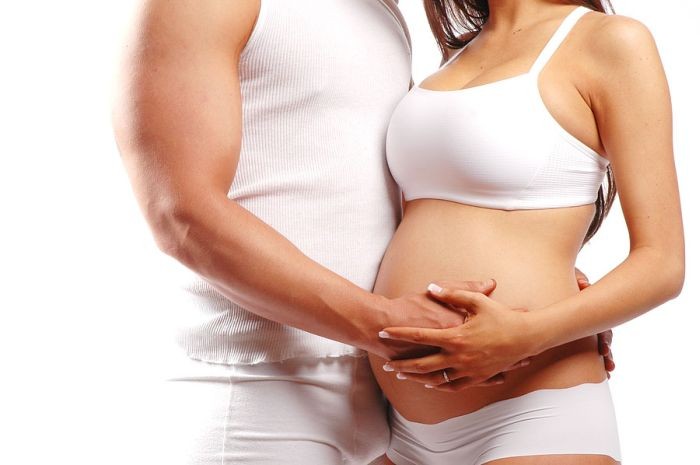
Sex with low placentation
Sex and any other type of sexual manipulation is contraindicated with the placenta, because Excitation and orgasm provokes the reduction of the uterus, and its work leads to the appearance of bleeding, placental detachment and premature childbirth.
Low Presentation of the placenta during pregnancy: Treatment

Low placentation treatment
Special treatment for low placentation is not required, and in principle, it does not exist, because It can only change its location itself. In this case, a pregnant woman can only contribute to this, observing all the recommendations of doctors, namely:
- Healthy sleep for at least 8 hours.
- A minimum of physical exertion.
- Walks in the open air.
- Sexual peace.
- Wearing a bandage.
- Diet of food.
If, after 24 weeks of pregnancy, a woman is periodically observed bleeding, then she is mandatory to the hospital.
Depending on the strength and abundance of bleeding, pregnancy and the general state of health of the mother and fetus, appropriate treatment is carried out.
To do this, use:
- Preparations with tokolithic and antispasmodic properties, such as No-shpa, papaverine, ginipral
- Iron-containing drugs for the treatment of anemia-totem, sorbifer
- Preparations that improve blood microcirculation - curertil, folic acid, vitamin E
Along with treatment, the pregnant woman should consume products containing the necessary elements for it.
Diet with low placenta presentation includes:
- products enriched with iron (oatmeal, buckwheat, beef, liver, nuts, etc.)
- products containing protein
- vegetables and fruits rich in fiber (to normalize a chair)
- polyvitamins
Important: to accept laxatives is contraindicated!
In most cases, with placenta pathology, healthy children are born into light. You should not worry and are afraid once again. The right decision would be to comply with all the recommendations of doctors and not to expose their health to any risk. Rest more and breathe fresh air!
